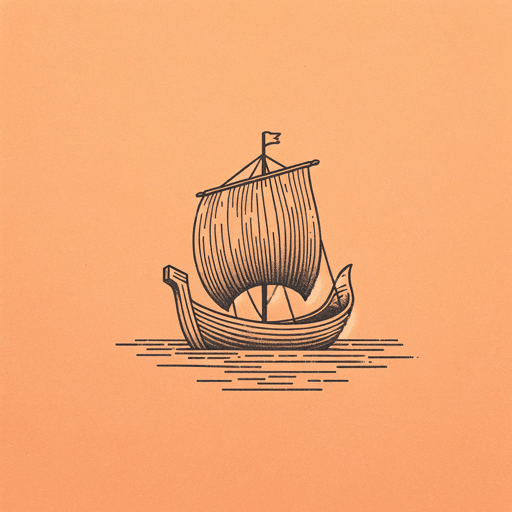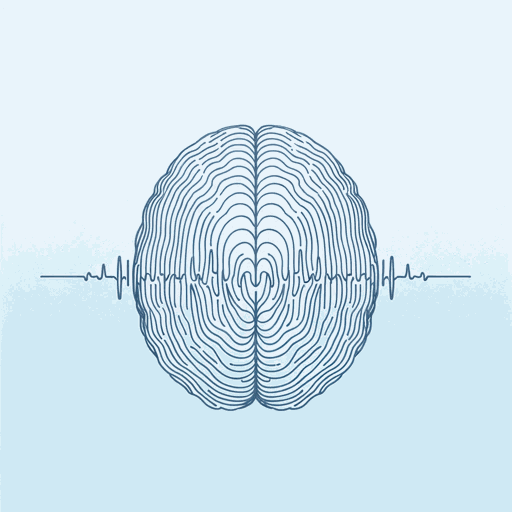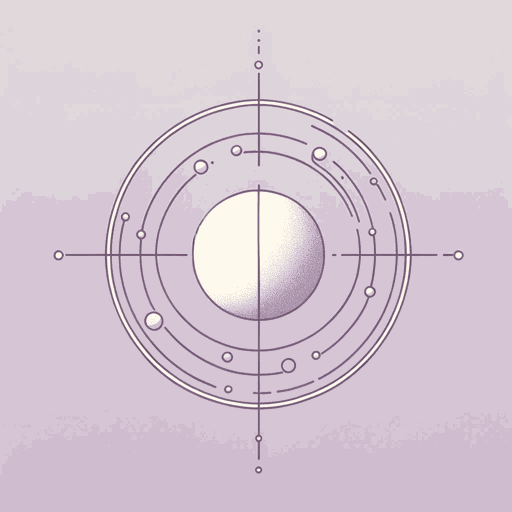30 pages • 1 hour read
Ursula K. Le GuinThe Dispossessed
Fiction | Novel | Adult | Published in 1974A modern alternative to SparkNotes and CliffsNotes, SuperSummary offers high-quality Study Guides with detailed chapter summaries and analysis of major themes, characters, and more.
Symbols & Motifs
Illness
Anarresti think of society as a healthy organism, and guard against illness. This metaphor is so prevalent in their thought that it creates a stigma against actual illness. Shevek’s scenes of sickness thus take on additional significance.
Shevek falls ill at least twice in the text, and once has a hangover. After each of these illnesses, he has a breakthrough, both in terms of his thinkingas well as in his commitment to social life. This suggests that “sickness” may not be as negative as Anarresti think it to be.
Prisons
The text begins with an image of a wall that from one perspective guards Anarresti, and from another perspective imprisons them. From there, prisons and scenes of enclosure play a significant role in the text. Shevek becomes familiar with the concept of imprisonment in his youth dormitory, when he and his friends imprison a classmate and see his reaction. Shevek himself feels imprisoned on Anarres, in his quarters on Mindful, and in the university. He tells Urrasti that they are “imprisoned” on multiple occasions.
Shevek’s search is a search for freedom: for individuals, for the Anarresti, and for all species.
Related Titles
By Ursula K. Le Guin

A Wizard of Earthsea
Ursula K. Le Guin

Lavinia
Ursula K. Le Guin

The Lathe Of Heaven
Ursula K. Le Guin

The Left Hand of Darkness
Ursula K. Le Guin

The Ones Who Walk Away from Omelas
Ursula K. Le Guin

The Tombs of Atuan
Ursula K. Le Guin

The Word for World is Forest
Ursula K. Le Guin

